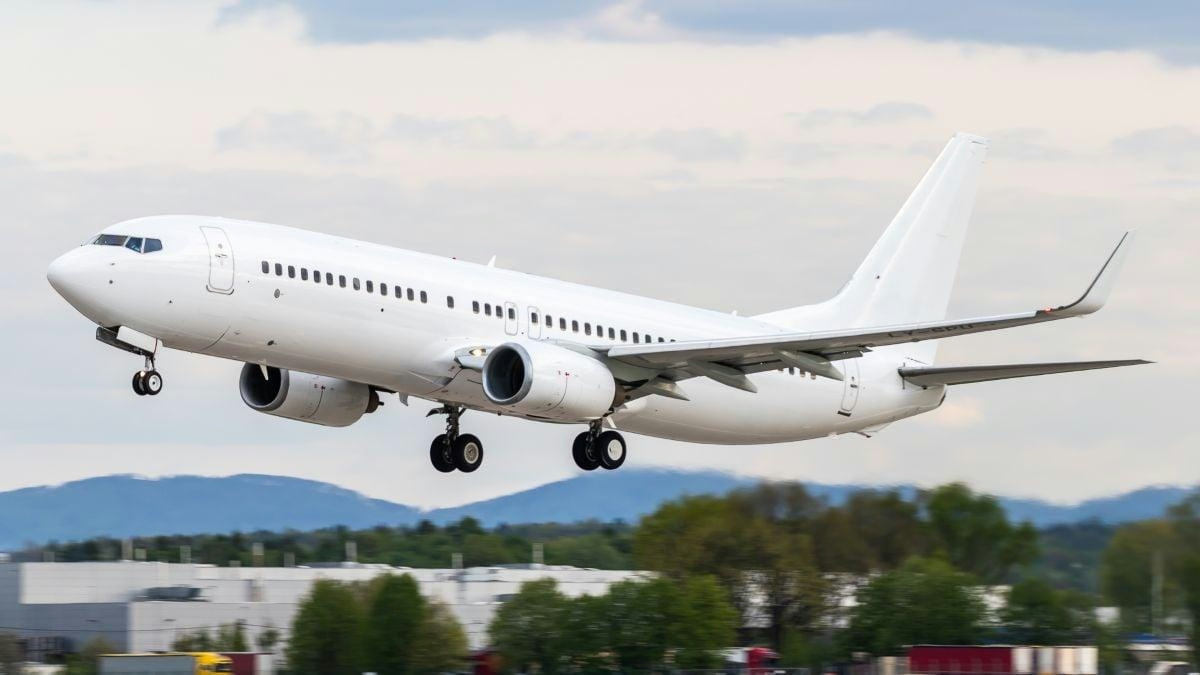
AeroGenie — Your Intelligent Copilot.
Trending
Categories
China’s Low-Altitude Economy Expands with Air Taxis and Drone Deliveries
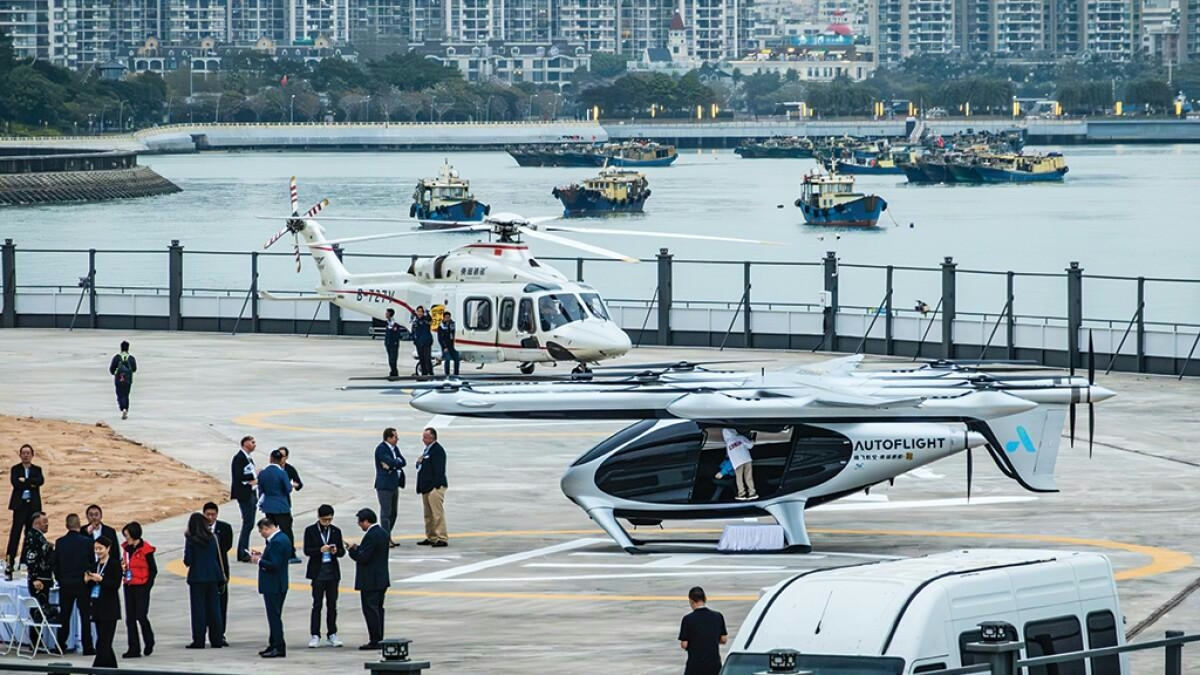
China’s Low-Altitude Economy Expands with Air Taxis and Drone Deliveries
Innovations in Urban Air Mobility
The EH216-S, an electric vertical take-off and landing (eVTOL) aircraft developed by EHang, recently captured attention as it took off near a wharf in Guangzhou. This autonomous, two-seater vehicle, characterized by its distinctive design resembling a large black and white spider with two rotors on each of its eight legs, ascended smoothly into the sky, hovered over the Pearl River, and executed a vertical landing. He Tian Xing, vice-president at EHang, described the experience as akin to riding an elevator, highlighting the aircraft’s smooth takeoff, flight, and landing with minimal turbulence. He also emphasized the low noise level of less than 70 decibels, which is quieter than traditional helicopters and allows for normal conversation or even livestreaming inside the cabin.
The EH216-S holds the distinction of being the world’s first autonomous eVTOL certified for passenger-carrying commercial operations, although its current use is limited to short sightseeing flights due to a range of 30 kilometers. To address this limitation, EHang recently introduced the VT-30, a new model boasting a 200-kilometer range aimed at intercity travel. These advancements are integral to China’s broader ambitions in the low-altitude economy, which targets commercial utilization of airspace below 3,000 meters, typically under 1,000 meters. This sector already includes diverse drone applications such as agricultural spraying and the delivery of parcels, food, and medicine. In urban logistics, drones have significantly reduced delivery times by transporting packages to local drop-off stations, effectively halving transit durations in major cities.
Government Support and Industry Growth
Over the past four years, the Chinese government has prioritized the development of the low-altitude economy by establishing a dedicated division to promote the sector. The government aims to replicate its successes in electric vehicles and renewable energy within this emerging industry. China now accounts for 70 percent of global patent applications related to low-altitude unmanned aerial vehicles, with more than 50,000 companies engaged in various aspects of the business.
Despite this rapid expansion, the sector faces considerable challenges. Regulatory scrutiny remains intense as aviation authorities carefully evaluate the safety and airworthiness of new eVTOL models, including EHang’s VT35. Public acceptance also poses a significant hurdle, particularly concerning the safety of pilotless passenger drones. He Tian Xing contends that their aircraft are safer than helicopters, citing the redundancy of 16 rotors that can endure multiple failures during flight.
Market responses have been measured. Industry analysts such as JetNet forecast a steady, rather than explosive, growth in business jet and eVTOL deliveries over the coming decade. Competition within the sector is intensifying, with companies like XPENG advancing their own flying car models, including the A868. Meanwhile, China’s broader economic environment introduces additional uncertainty. The country is currently experiencing its slowest economic growth in a year, which may influence market dynamics and investor confidence in the low-altitude economy.
China’s low-altitude economy continues to evolve rapidly, with air taxis and drone deliveries at the forefront of its technological ambitions. The coming years will be critical in determining whether regulatory, market, and economic challenges can be addressed to establish urban air mobility as a mainstream mode of transportation.
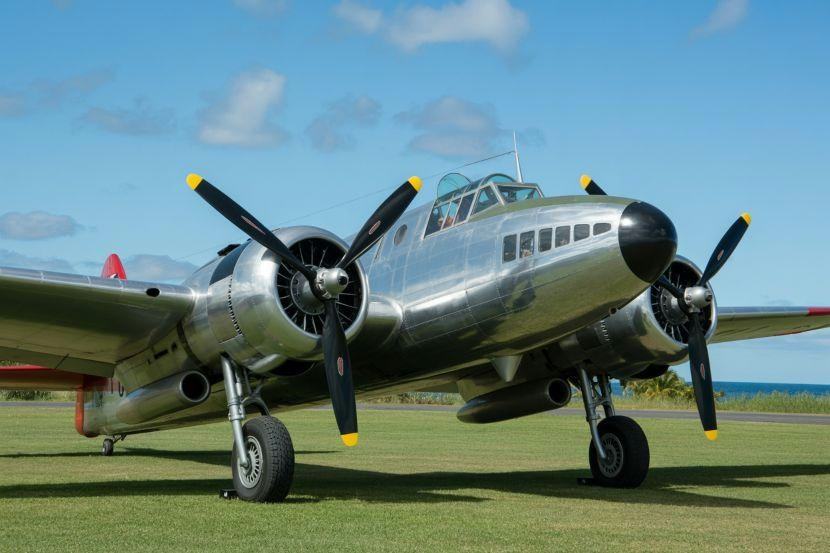
Clay Lacy Honored for Lifetime Achievement at Pearl Harbor Aviation Museum

VSE Acquires Aero to Expand Aviation Services
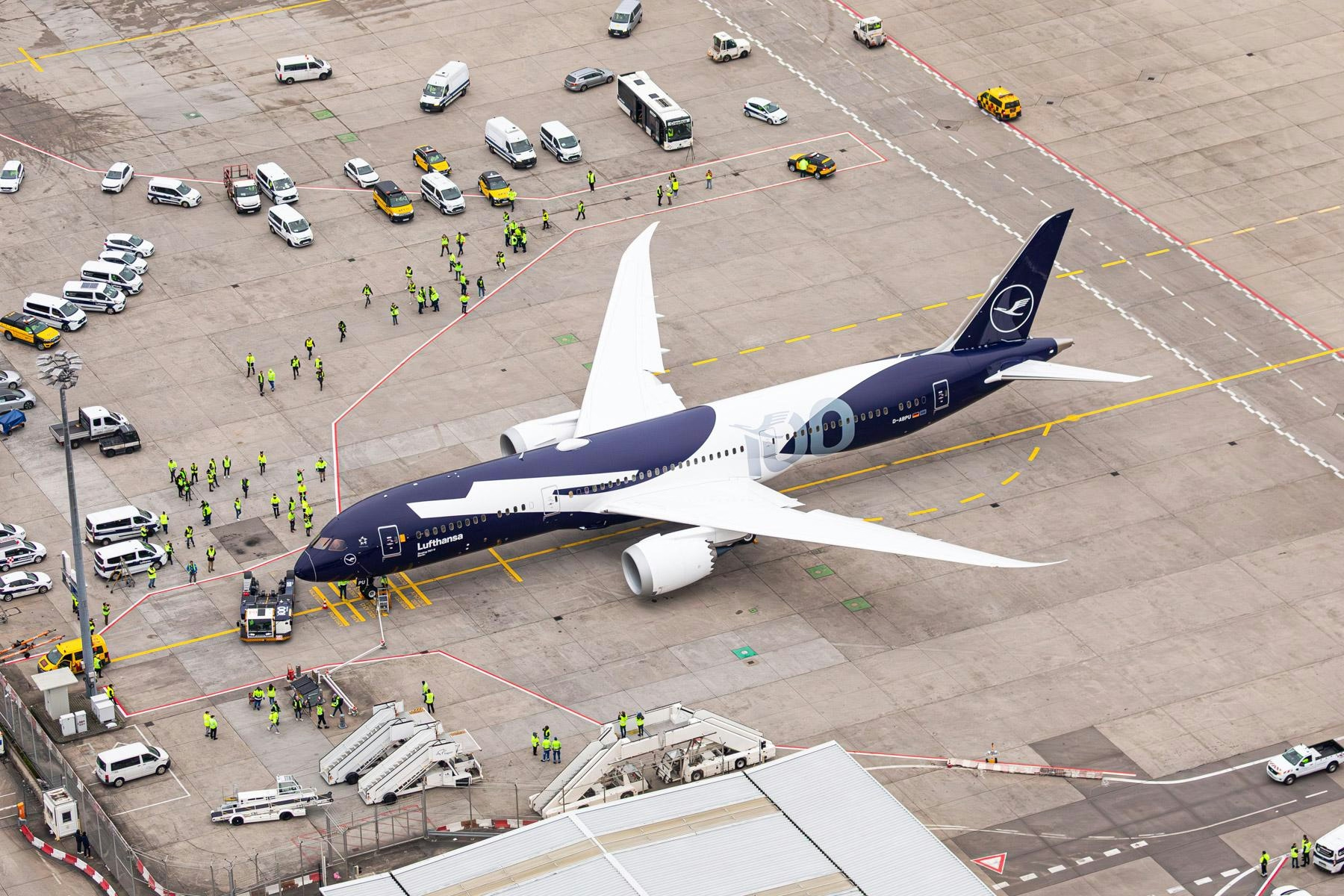
Lufthansa Receives First Boeing 787 on Anniversary
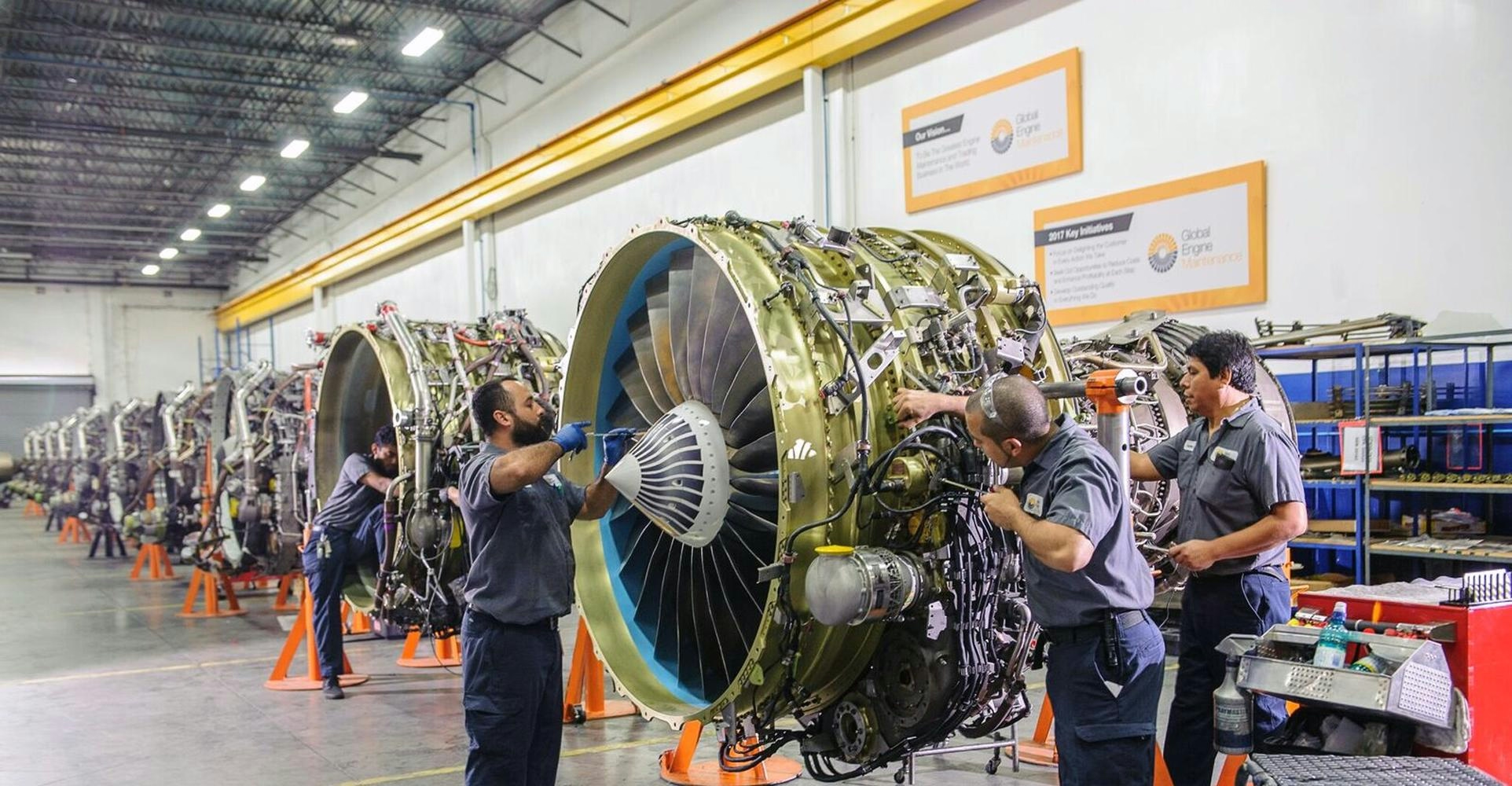
Willis Lease Finance Secures $600 Million Aviation Partnership
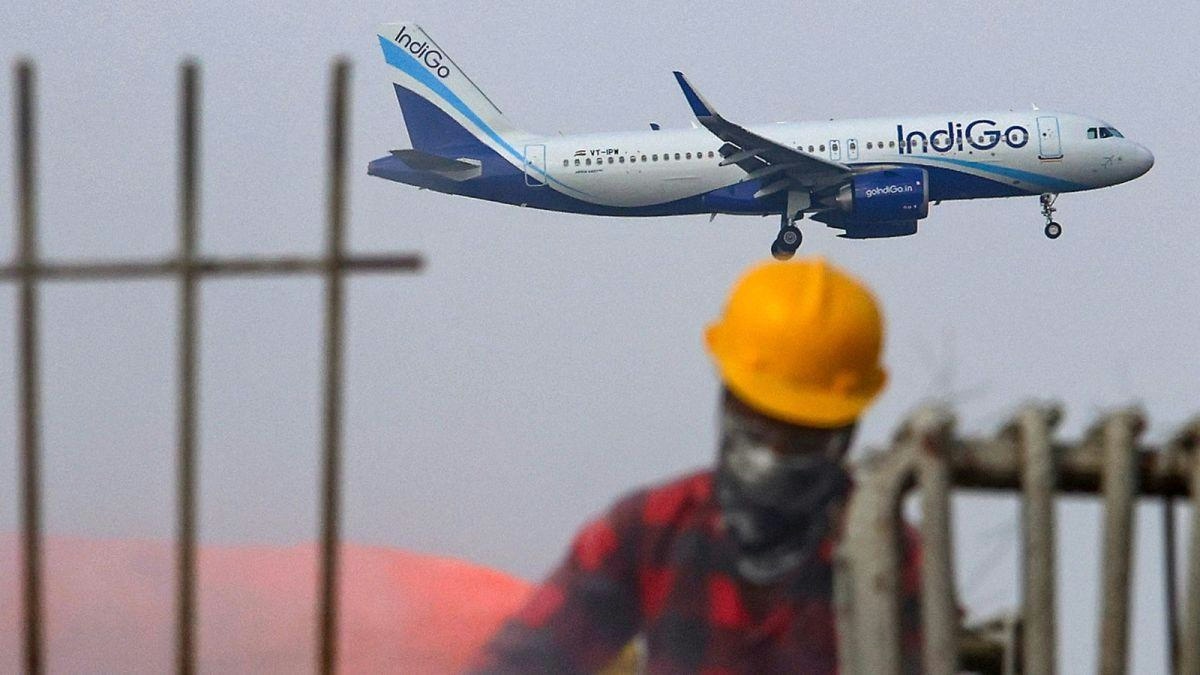
IndiGo to wet-lease 7 aircraft from Qatar Airways and Freebird to boost domestic capacity

Howmet’s $1.8B CAM Deal Targets the Aerospace Supply Chain’s Pressure Points

AI-Driven Airline Pricing Adds to Holiday Travel Stress
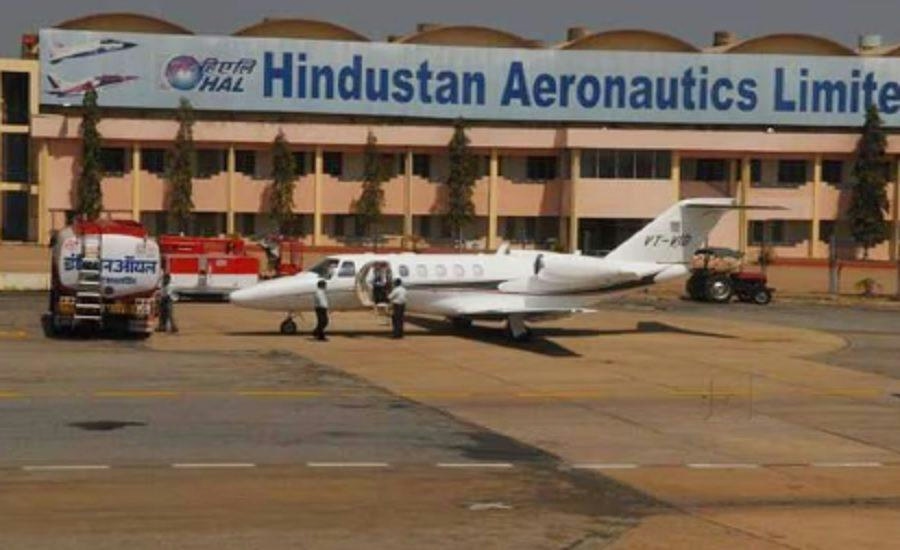
HAL Nasik Shortlists Candidates for Chief Quality Manager Role in Civil MRO Expansion
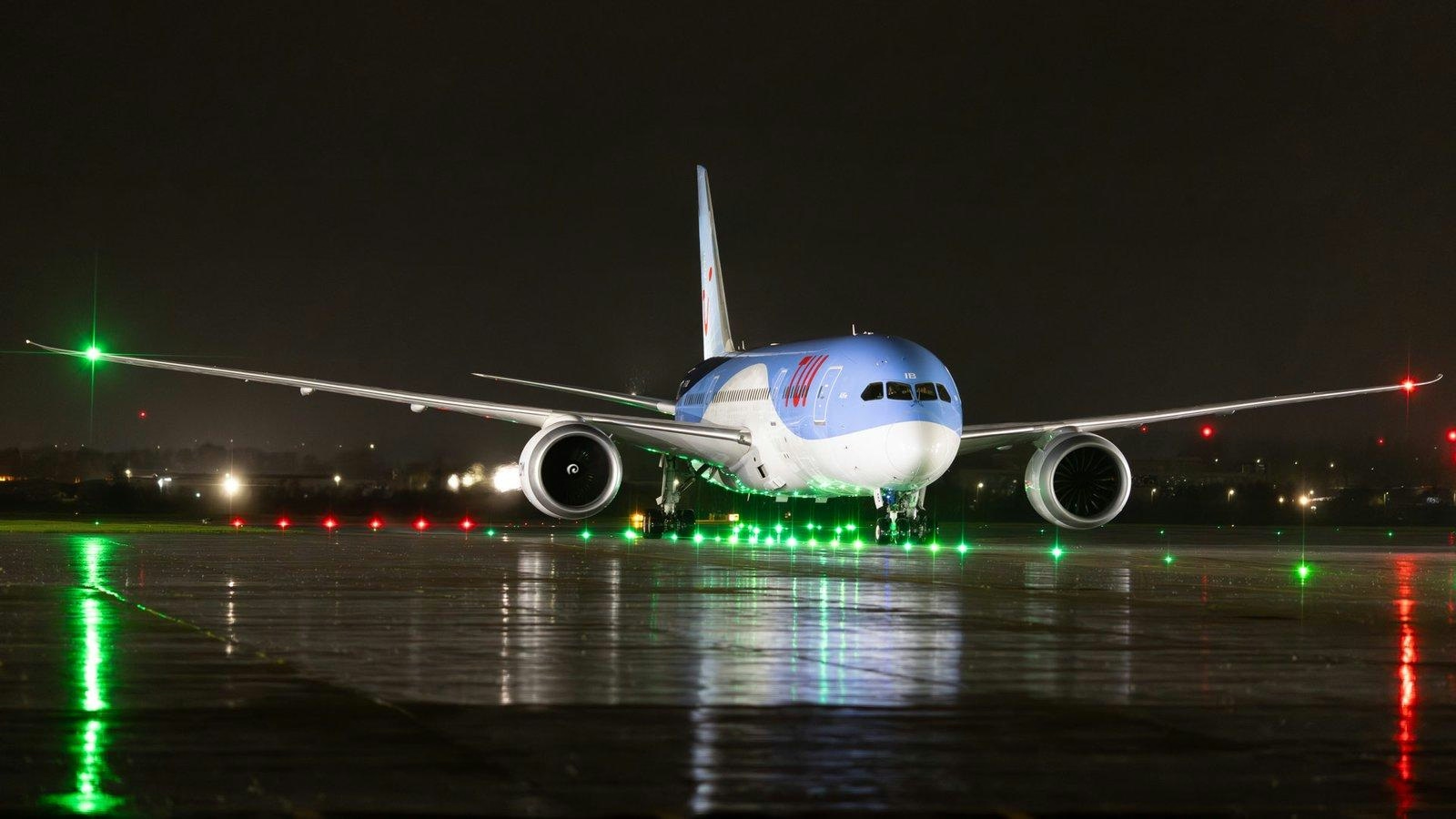
High Ridge Aviation Acquires Aircraft from CDB and BBAM
